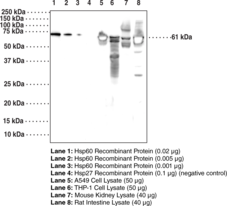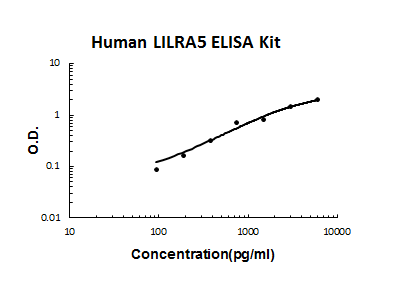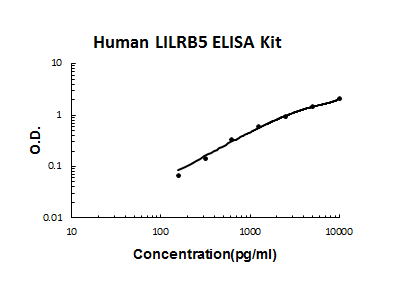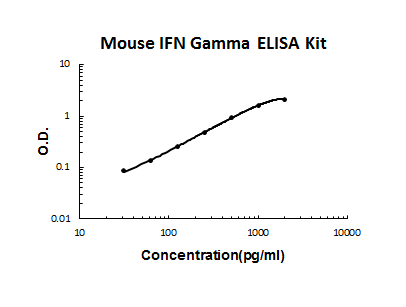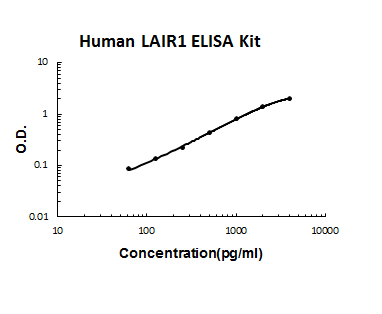Description
Immunogen: Full length human recombinant Hsp60 (HspD1) protein • Clone designation: 10C3 • Host: Mouse • Cross Reactivity: (-) Hsp27 • Species Reactivity: (+) Human, mouse, and rat Hsp60 (HspD1) • Isotype: IgG1 • Applications: ELISA, IHC, and WB
Synonyms: 60 kDa Chaperonin|Chaperonin 60|Cpn60|Heat Shock Protein 60|Mitochondrial Matrix Protein P1|P60 Lymphocyte Protein
Immunogen: Full length human recombinant Hsp60 (HspD1) protein
Formulation: 100 µg of protein G-purified monoclonal antibody
Isotype: IgG1
Applications: ELISA , IHC, and WB
Origin:
Stability: 365 days
Application|ELISA||Application|Immunohistochemistry||Application|Western Blot||Product Type|Antibodies|Monoclonal Antibodies||Research Area|Cell Biology|Cellular Chaperones||Research Area|Cell Biology|Mitochondrial Biology||Research Area|Endocrinology & Metabolism|Metabolic Diseases|Diabetes||Research Area|Neuroscience|Neurodegenerative Disorders
